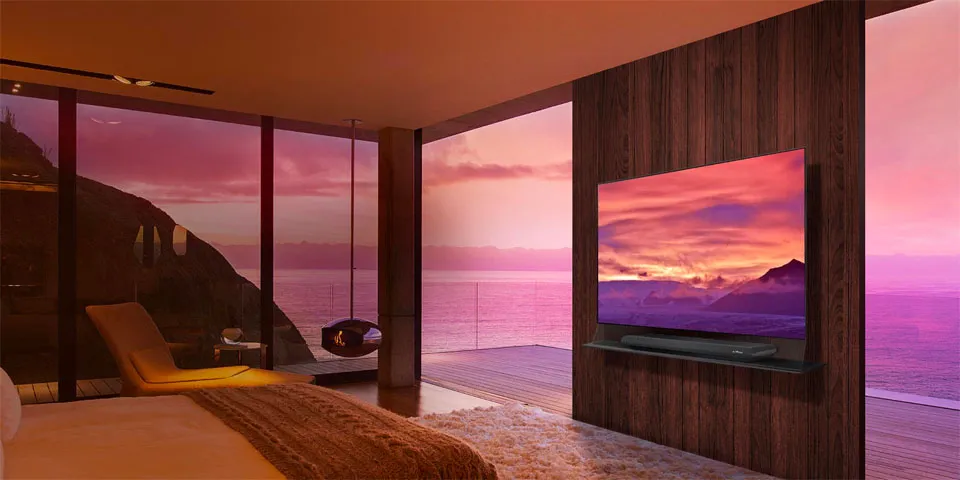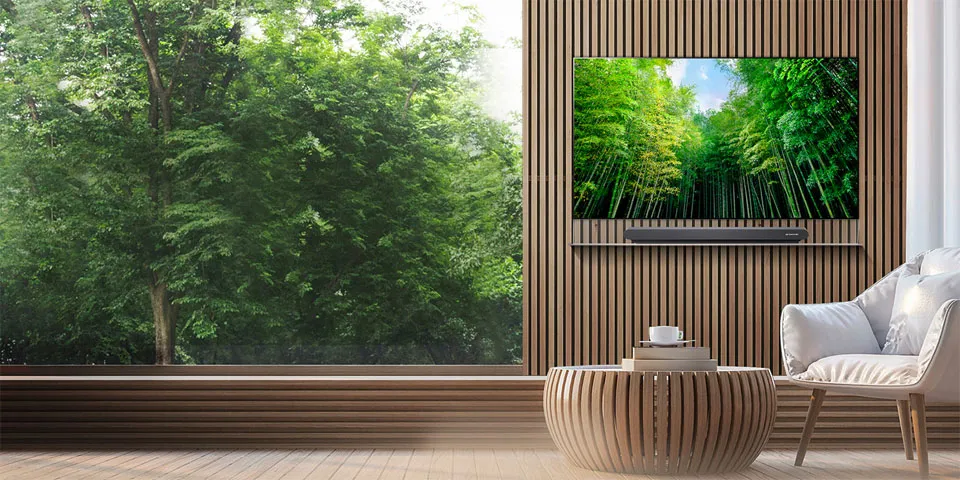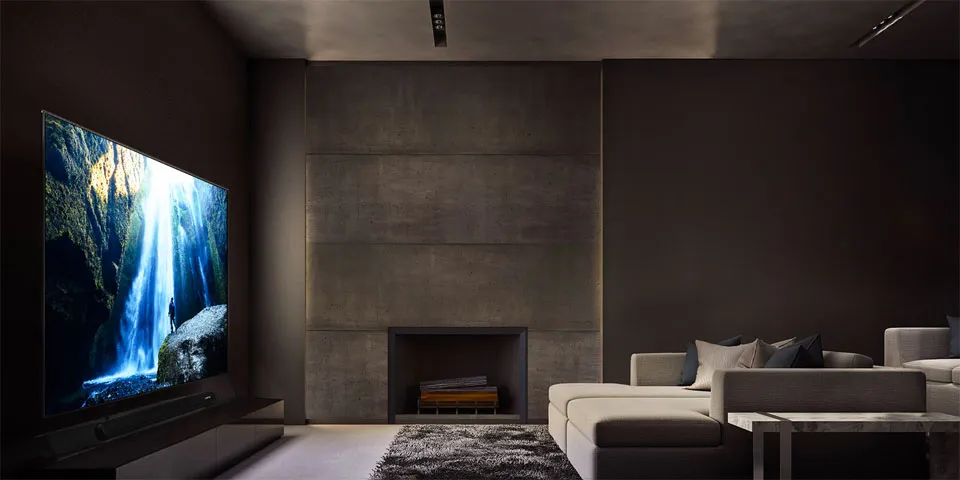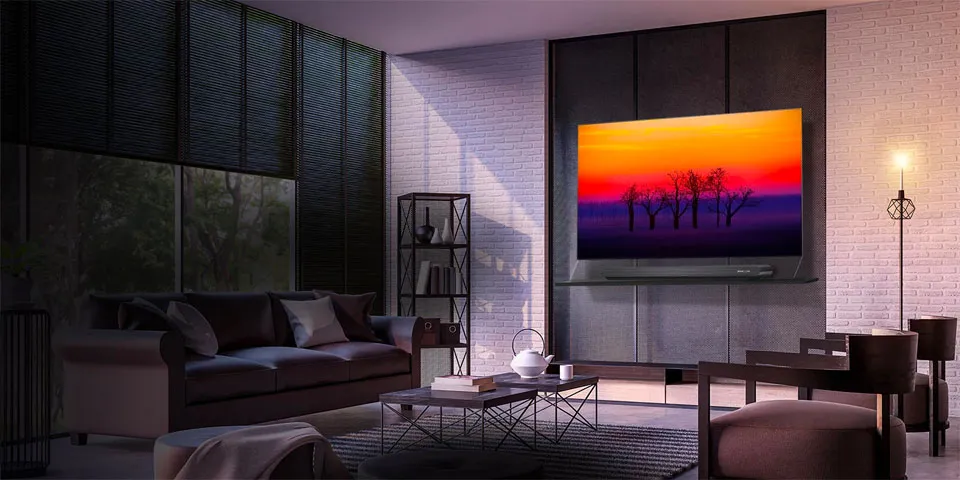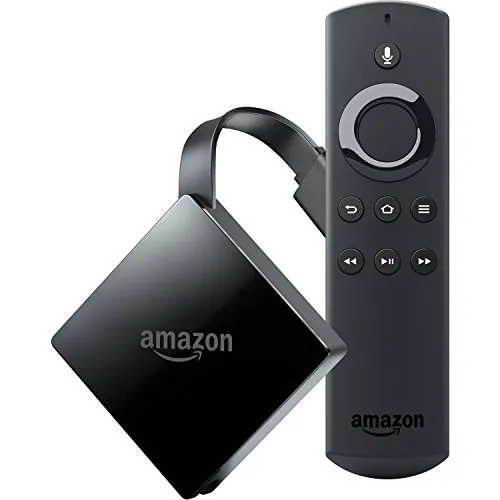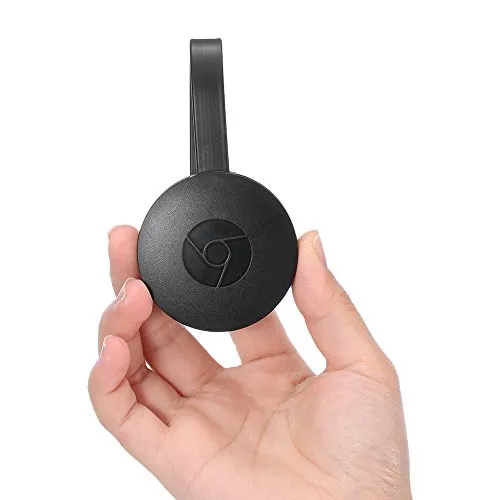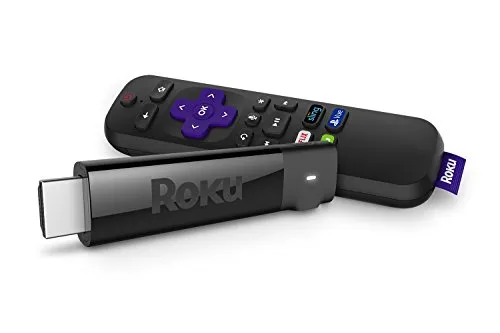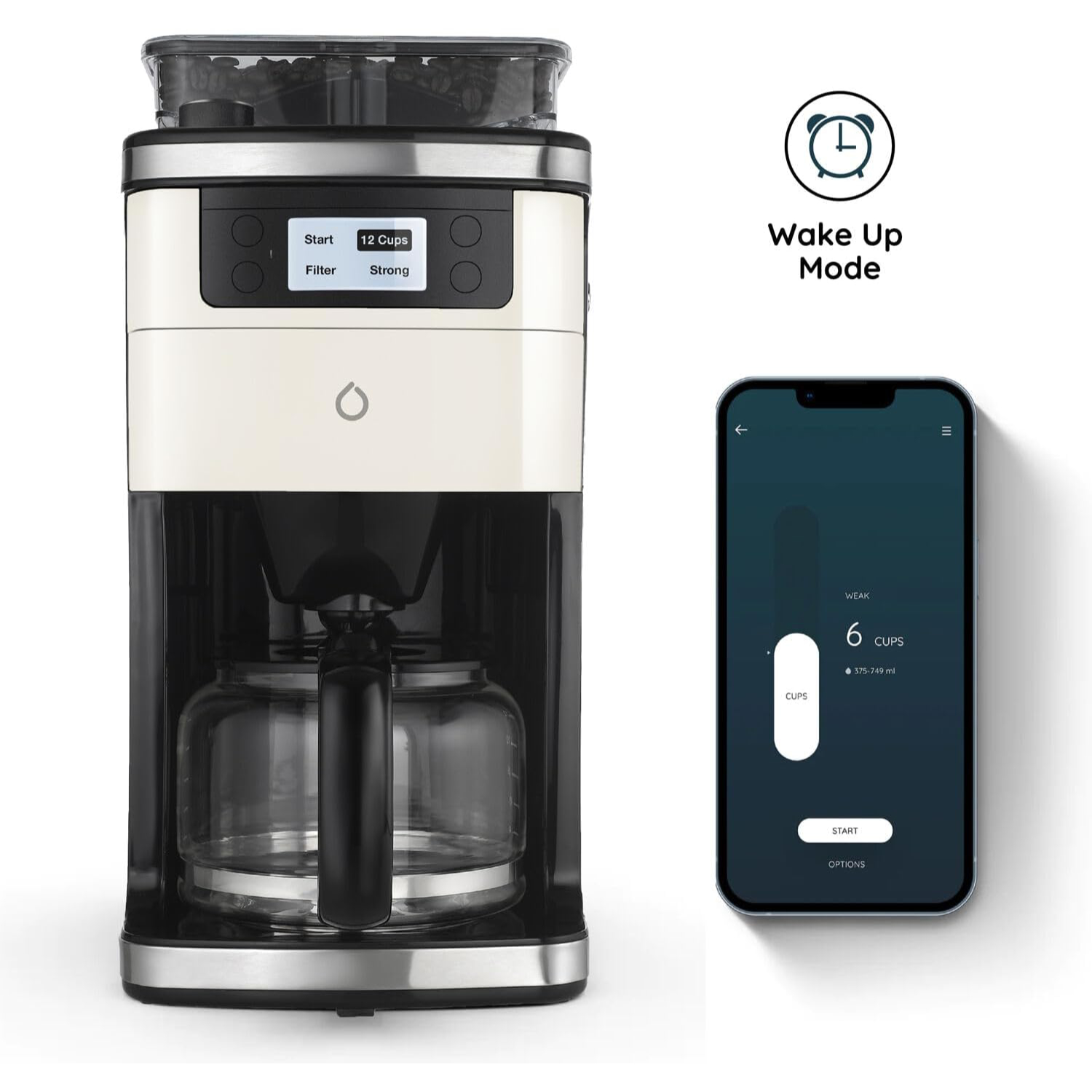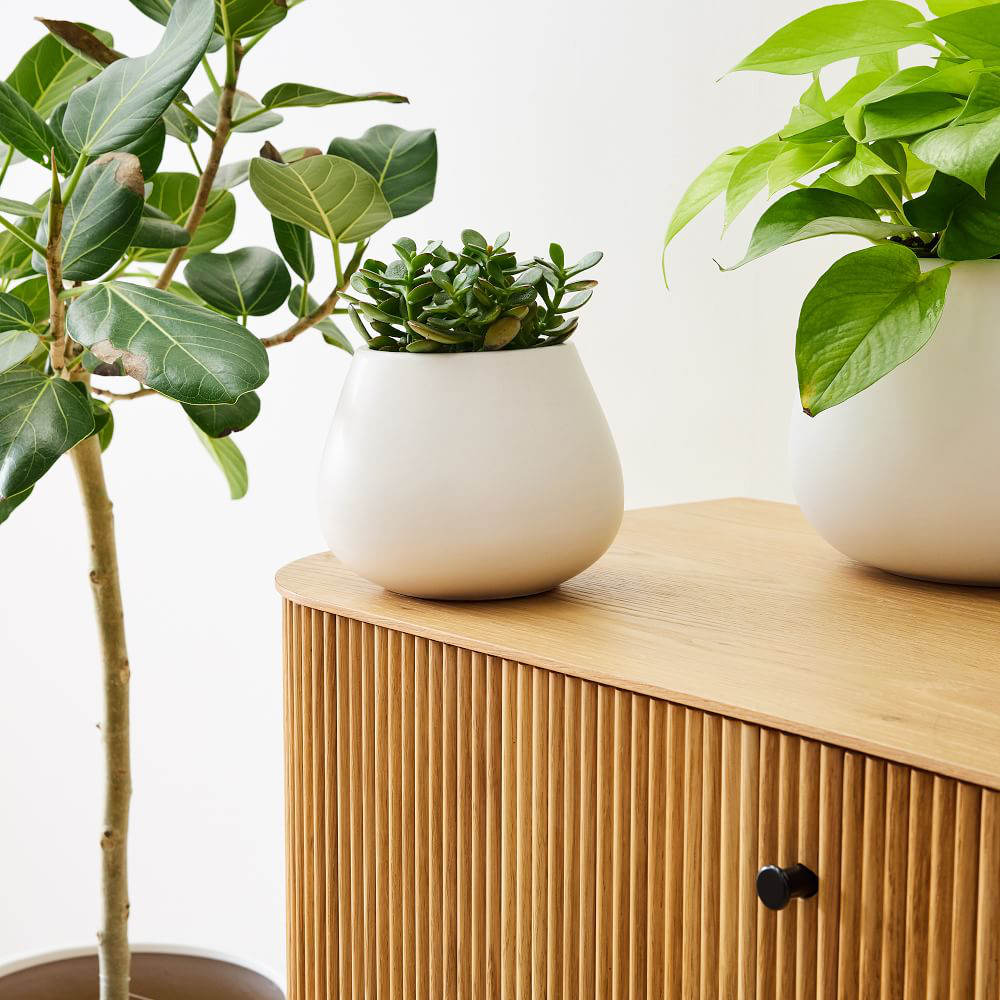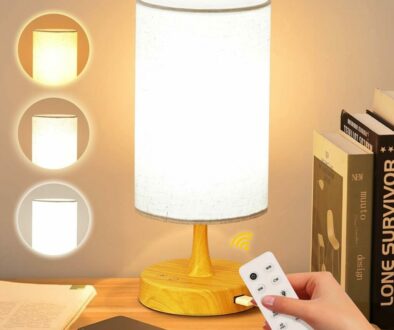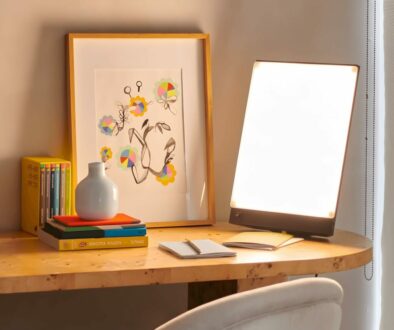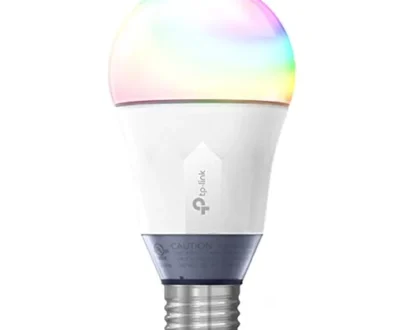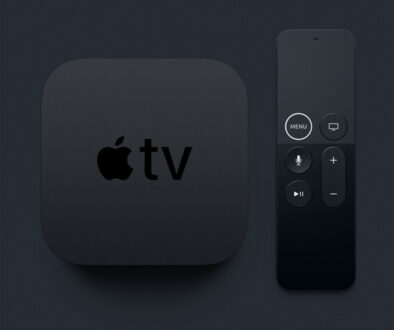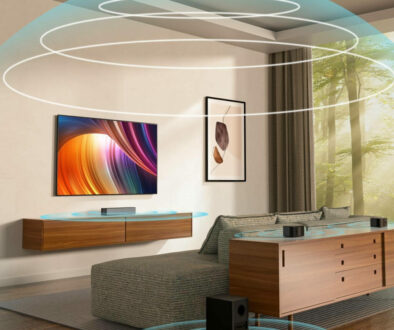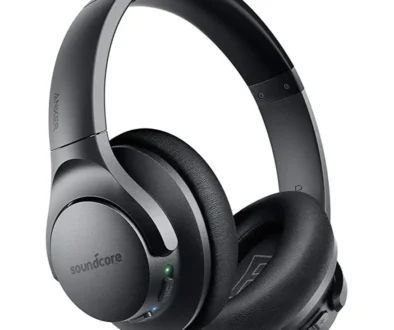How to Choose the Right 4K Ultra HD Large Screen TV
Having spent weeks looking at large UHD TV screens, I have literally turned into a ‘connoisseur’ of TVs. It was difficult in the beginning, not knowing what to look for or even where to start. There are so many different types, features and functions and it is easy to choose the wrong thing. Here, you will find, my top pointers on how to choose the right Large Screen 4K Ultra HD TV.
Please note that we are looking at big screen TVs which are 40-inch or bigger. Some sizes are more common than others, we will endeavour to list them all in the next section.
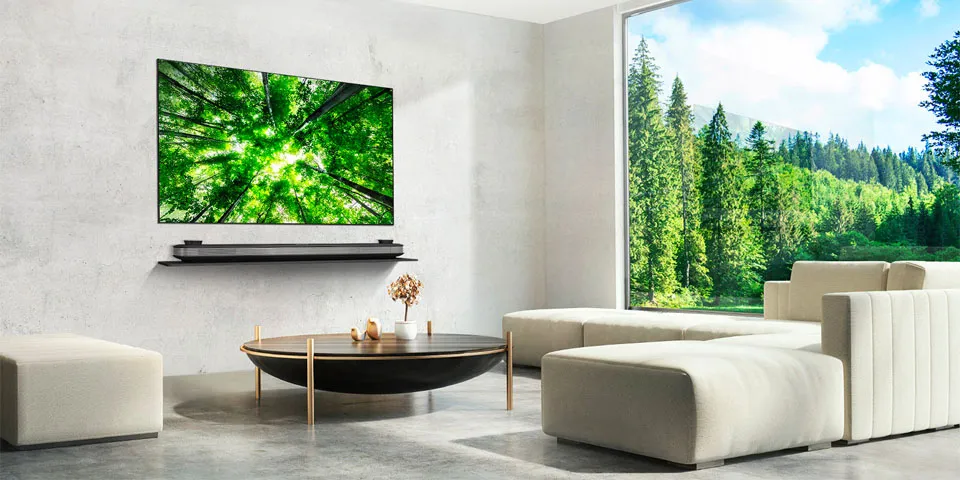
Top 5+3 Main Factors to Consider When Choosing a 4K UHD TV
I have devised the following points to help you choose a big screen TV and the many aspects or features you will need to consider.
1. TV Screen Sizes & Space
Let’s start with the most obvious, screen size. When browsing for a TV at the local superstore, everyone has a tendency to look at bigger panels or TV screens that are bigger than the space available for them at home. This is due to the space and lighting in the store, making even the biggest TV, feel small. Don’t fall for this. Make sure you measure the size available for the TV at home before going in to the store. Even when you have measured the space available, you may want to consider a size down to allow for space around the screen.
It is also important to consider the layout of your room (longer or wider). Are you going to be sitting at the long end of the room or the narrow side? Is your room square or rectangular? Are there wall cabinets and cupboards in your room that will need moving? Will there be light from a window or are there any light sources that will cause glare on your screen? Only consider TVs that will work in your room. If you have the dimensions, I do recommend creating a cardboard cut out of the size and putting this at the desired location then stand back or sit down to have a feel of the size.
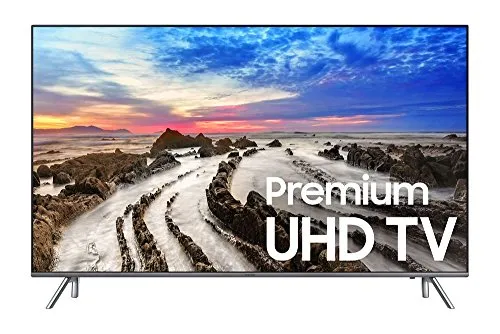
Many people make the mistake of buying a TV that is either too big or too small for their room. Measure the available space for your TV, both width and height, then check this against the table below for the TV that is right for you. Remember to allow room around the TV so much against personal preferences, my recommendation is to actually choose one size smaller.
Various Room Layouts
Then there is the distance between you and the TV screen for comfortable viewing. Some people do get dizzy looking at big screens too closely especially when watching action movies or the sports channel. Make sure you have enough distance between your sofa and the TV. If you cannot move the sofa or media unit, measure this distance and check against the recommended minimum viewing distance for UHD TV at different sizes below. These are recommended minimum so you may want more distance for bigger screens.
You don’t want to be sitting right up to a big TV screen so put this into consideration. Some manufacturers include an eye comfort mode in their picture settings. When enabled, it changes the colour temperature automatically to help reduce eye strain. However, this is more to do with the brightness and surrounding light and how your eyes react to how big or close the screen is.
TV Screen Sizes
The following are common TV screen sizes, use the links below to browse your options on Amazon:
- 85-inch while not so common, it is starting to come on the market from big players like Samsung and Sony offering 82-inch and 85-inch panels respectively. It’s perfect if you have a big hall for a living room or simply wants to make a statement, a big one.
- 75-inch while Samsung, LG, Panasonic and Sony offers their versions of 75-inch TVs, you can also find the odd 77-inch panels from Panasonic and Sony. Again, you will need plenty of room and viewing distance for a TV this big and anyone that enters the room will see it.
- 65-inch is a good size if you have nothing else on the wall, with the TV being the feature in your living room. Still a big screen by any standard and will certainly be the focal point for a medium to large room.
- 60-inch is not as common as the 55-inch or the 65-inch but may be a sweet spot for those looking for something in between. Only LG and Panasonic supplies panels at this size.
- 55-inch is easily the bigger segment or most popular size for a big TV offering consumers plenty of choices. Manufacturers like to offer a range of TVs at this size from budget to premium. Even at this size, you will still need medium sized room to fit it. You will find the odd 58-inch and 50-inch panels from Panasonic and Samsung but very rare.
- 49-inch is another popular size as it will definitely fit in any space especially in the bedrooms, home office or dining area. Given its price, it is easy to see how TVs at this size are selling like hot cakes. Most buyers would just go for a TV this size when looking for a second or third unit for their home.
- 43-inch is our starting point for a large 4K UHD TV. The size is great for smart apartments or flats. It is what we would consider the minimum if you are looking for a UHD TV. If you are after something smaller, we would recommend a Full HD unit instead.
Obviously, the bigger the panels, the more expensive the TV. Still, there are bargains to be had as the market for large screen TV is very competitive.
The best place to start is by measuring the space you have for the TV, be it on the wall or on a media unit. Measure the width and height of the space available for your new TV. Next, measure the distant of your sofa to the TV. Use the table below to find a suitable size TV.
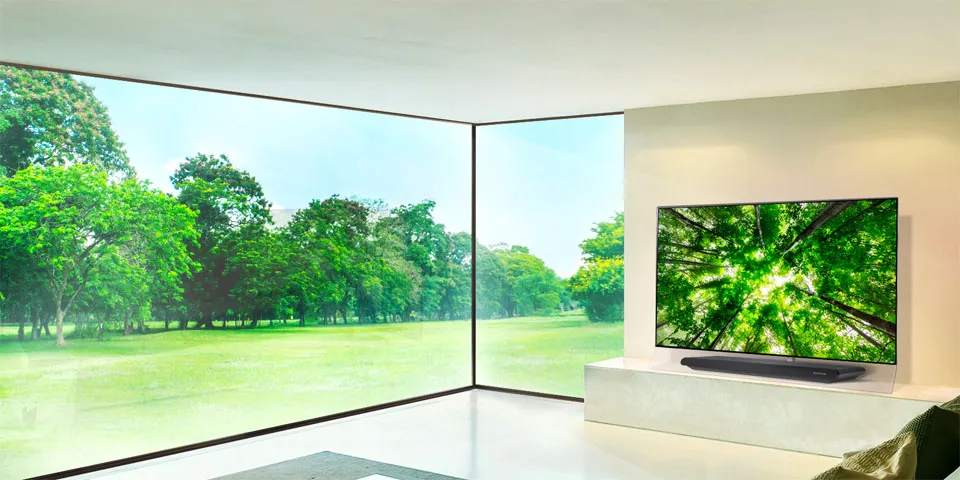
Approx. Width and Height
85-inch: 1920 mm (W) x 1108-1200 mm (H)
75-inch: 1690 mm (W) x 973-1056 mm (H)
65-inch: 1450 mm (W) x 837-917 mm (H)
60-inch: 1350 mm (W) x 774-899 mm (H)
55-inch: 1230 mm (W) x 710-768 mm (H)
50-inch: 1130 mm (W) x 655-725 mm (H)
49-inch: 1120 mm (W) x 650-695 mm (H)
43-inch: 975 mm (W) x 570-640 mm (H)
Comfortable Viewing Distance
85-inch: Minimum 2.7 meters
75-inch: Minimum 2.4 meters
65-inch: Minimum 2.1 meters
60-inch: Minimum 2.0 meters
55-inch: Minimum 1.8 meters
50-inch: Minimum 1.7 meters
49-inch: Minimum 1.7 meters
43-inch: Minimum 1.5 meters
You would not want a TV that is so big that it dominates the room so finding the right size is key when considering the best big screen TV for your home. The width and height listed above are approximates only, for exact dimensions, please check against the manufacturer’s specifications.
When considering the height, remember that you have the option of mounting the display to the wall or have it seated on a media unit. If seated consider the height of the TV with accompanying stand and the height of the media unit.
2. Budget
It is good to have a budget in mind. Personally, I would go for not the biggest but the best quality TV that my budget would allow. Buying a large 4K UHD TV is a big investment. You are not looking to buy one every day, week or month. It is likely that you won’t be buying a replacement for years considering how long TVs last these days so choose wisely.
If you are working within a budget, look for TVs at the upper limit of your budget. These are units with price tags you are happy to accept and comfortable paying. List all your options base on this price point. Also consider some of the smaller premium units too. At the same price, you are likely to find bigger TVs with less features and appeal as well as slightly smaller premium TVs with more features and better design. If I have not made myself clear earlier, I would lean towards better features and design.
Don’t forget that you must first take into consideration the space you have for the TV, see previous section. You might save some of your hard earned cash by choosing the right size, a smaller unit that will fit your space. Don’t be carried away by thinking that you budget affords you a bigger TV so you ought to get one.
3. Smart OS and Interface (Remote)
Behind every 4K UHD TV is a smart operating system that lets you access the different inputs, terrestrial, cable or satellite TV as well as streaming services via the Internet. Supported streaming services include Netflix, Amazon Prime Instant Video, YouTube and access to on demand services such as FreeView Play, a hub for content from the different TV channels via app.
- LG uses WebOS with direct access to Netflix and Amazon Prime from their remote (on some models)
- Sony uses Android TV (Android 6.0 Marshmallow on some models), Opera for Web, Support for Amazon Alexa and Google Home
- Samsung uses SmartTV or TizenOS
Panasonic, Philips and others have their own version of smart OS and clever remotes.
Unfortunately, the only way to experience the different operating systems is to ask for a demo or to try it out yourself at the store. You are going to be stuck with the same operating system and remote for the life of your TV so it is worth spending some time considering the one that best work for you. LG has a magic remote to go with the WebOS, a remote with voice recognition, click scroll, mouse pointer control with accelerometer. Here’s a quick demo of LG’s WebOS interface.
Navigating around your smart OS can get a bit fraught but with time, you will master your way around the different services and controls. Manufacturers are constantly tweaking their SmartOS interface and remote. You may get updates coming through the Internet for the first couple of years but we won’t bet on it so it pays to be sure you have the right OS and remote for you.
Most Smart TV with WiFi connectivity also offers a remote control app. You can download this from the App store and use the app on your smartphone or tablet to control your TV. Some even let you mirror your display to the big screen.
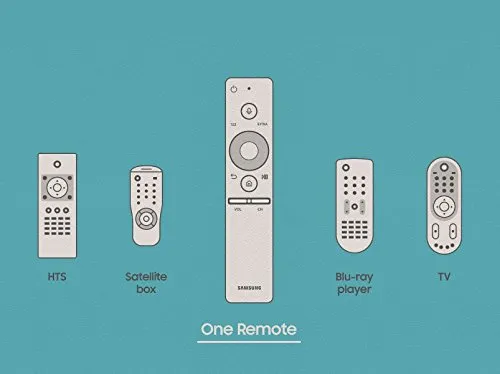
Samsung offers up to 2 remotes on some models, a standard remote and a simplified smart remote with minimal buttons and voice command support. When asking for a demo, ask for the remote that comes with the TV. Have a play with you and see how easy it is to navigate the operating system with it and how it feels in your hand. It is after all, your only way to access all the different functions on your big screen TV.
Failing that, there are always 4K streaming boxes such as Apple TV, Amazon Fire TV 2017, Roku Streaming Stick+ and Google ChromeCast Ultra. Then there are android set top boxes (WeTek Core and Q-box 4K) and gaming consoles such as the XBOX One and Nvidia Shield TV supporting 4K video output and HDR streaming.
4. The Type of Screen: LCD or OLED or QLED
There are two main types of TV screens, the LCD and OLED. LCDs are more common and have been around for a long time. On the other hand, OLED while new is coming in fast and strong.
OLED
The difference between the two, apart from the price, is that LCD (Liquid Crystal Display) panels are back lit, they require a backlight, made up of white LEDs to show the image while OLED (Organic Light Emitting Diode) panels have self lighting particles. This means that OLED do not require a back light, is slimmer in design and can offer the deeper level or darkness (or black) and wider contrast as well as wider viewing angles. This also makes OLED costlier to produce and can be prohibitive if you are trying to work within a budget.
Edge-lit LED
Advancements in LCD panels allowed it to achieve the level of performance close to that of OLED. It won’t be on par but you can now get vibrant, high contrast, and deeper black images with wide viewing angles and great colour accuracy. These panels use IPS (in-plane switching), the same technology found on smartphones for up to 178 degree viewing with optimal viewing experience, rich colour gamut and low colour distortion from any angle.
Full-array Backlit LED
For darker black, you can now find LCD panels with full-array backlight as oppose to edge-LED backlight. Edge-LED or Edge-lit are more common and cheaper to produce. It has rows of LEDs facing the center of the panel and diffusers that disperse light across the screen. Depending on the image and panel, you can sometimes pick up leaks or bleeds and inconsistent contrast caused by the uneven spread of white light. You see this as light spilling into darker areas of the picture.
Full-array backlight offers direct backlight with LEDs spread uniformly across the screen. It is one step closer to self lighting OLED panels. This improves local dimming, offers better contrast and allowing for darker blacks but it does mean a thicker housing is required for all those LEDs.
Quantum-dot LED
There is a third type of screen called the QLED (Quantum-dot LED). Samsung is the first to market with QLED panels and is sticking to QLED instead of OLED for their premium TVs. QLED panels still require backlight but employs a layer of quantum dots to produce the colours on the screen. This means they can produce sharper, more vibrant images with high colour intensity using dots ranging between 2 to 10 nanometers in diameter. Backlighting also makes it brighter compared to OLED.
5. High Dynamic Range (HDR) and Content
High Dynamic Range (HDR) when referring to UHD 4K TV is a feature found on mid to high-end models. Not to be mistaken with HDR imaging function on smartphones and digital cameras, although the aim of both is to reproduce images with ample luminosity and range. So what is it? It refers to the TV’s ability to offer a wide range of colours, brightness and contrast to project a truly life-like image. HDR is usually absent from budget or low-end models. For future proofing, go with a TV that comes with HDR. But, before you go running to the store for one, check out the different HDR standard currently out there.
HDR10
Pretty much all UHD 4K TV comes standard with HDR10. This is the most basic form of HDR format out there. Most content providers, streaming and hard media supports this format. This includes 4K Blu-ray discs, Amazon and Netflix. HDR10 format allows for application of dynamic range settings according to scenes. When a scene changes or when the film cuts to a different view, a new set of image information is presented to the TV. The image is then presented at its best. It is worth noting that the format is available free to all manufacturers hence it being the standard.
Dolby Vision
Dolby is no stranger to the cinema and home theatre system offering the best entertaining experience possible in sound, think Dolby Atmos and now in vision with Dolby Vision. The format constantly optimises the way the TV delivers HDR images. It does this by incorporating HDR values frame-by-frame with image meta data information. This makes it a truly dynamic HDR format. As it is a proprietary format, it does mean that manufacturers and content producers have to pay a license fee to use it. But, this does not stop standard HDR10 only TV from watching Dolby Vision content. Leading LED and OLED TV manufacturers; LG, Sony, B&O and Loewe supports this format. There are also plenty of content that supports this format, from Netflix Original shows to 4K Blu-ray Discs(look for Dolby Vision logo).
HDR10+
Is the manufacturers answer to Dolby Vision. Samsung came up with the successor to HDR10, the HDR10+. The format also uses dynamic meta data much like Dolby Vision to enhance the images you see on the big screen. However, TV manufacturer and content producers need NOT pay a license fee to use it. TV manufacturers jumping on this free and open format includes, apart from Samsung; Panasonic and Philips. While at the point of writing, we cannot find any HDR10+ content but major studios and Amazon Prime Video are throwing their support behind the format.
HLG (Hybrid Log Gamma)
If you watch a lot of broadcast TV, you will need to make sure that your next big screen TV supports HLG format. The HDR format is developed specifically by the BBC and NHK (Japan) for the improvement of 4K HDR broadcasts. You will find this supported by most TV manufacturers such as Samsung, Sony, Panasonic, Philips and LG. While currently you can enjoy Full HD 1080p broadcast channels upscaled to 4K on the big screen, it won’t be long before 4K HDR broadcasts arrive.
What Else…Looks & Design, Connectors and Sound
Other factors you might consider are the looks and design, connectors and sound. Entry level or budget models are usually bulkier and bigger. They have bigger bezel, ugly plastic stand and all-round plastic chassis with a very big depth. But we think, as long as the image looks good from the front and the bezel are small enough when compared to the size of the display, you are alright. This is especially so when considering TVs in the region of 50-inch or bigger. Also, nobody is going to walk around the sides to look at how thick your TV is.
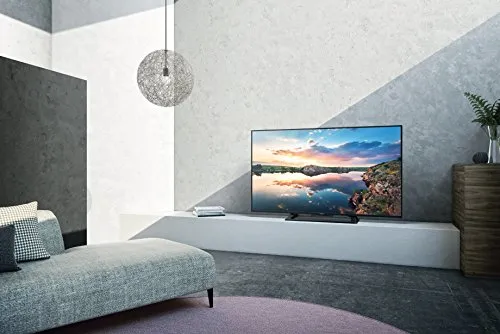
But if you are one for looks, the premium and high-end models offer super sleek design with near zero bezel, modern styling, metal and plastic combined chassis , silver or metallic trims and super slim design. It does mean that you have to pay more. If you are seating your TV in the middle of the room rather than against the wall or mounted, you will need a set that not only looks sleek and ultra slim but designed to show off the back of the TV, concealing any cables or connectors neatly away from view for that perfect 360 degree look (see above).
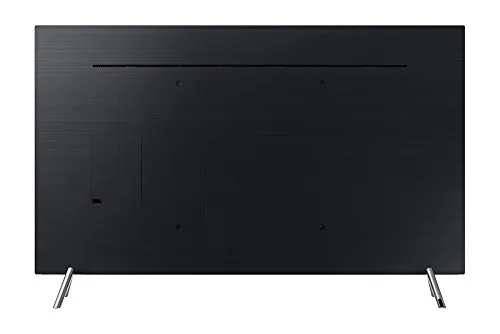
In the connectivity department, most sets come with three or sometimes four HDMI input connectors. This should be enough for the Blu-ray player, gaming console, Set-top box and media streamer. Mind you, with the built-in digital tuner or tuners and Smart OS to access streaming services out of the box, you may not need a separate media streamer or set-top box. Therefore, 3 HDMI inputs are more than sufficient in our experience. If you want native 4K and HDR passthrough make sure that one or more of those HDMI ports are 2.0 compatible. Be sure to note this on the back of your TV and make sure your 4K Blu-ray player or 4K streamer is connected to it. Other connectivity options which are pretty standard are USB ports, Ethernet for network and WiFi.
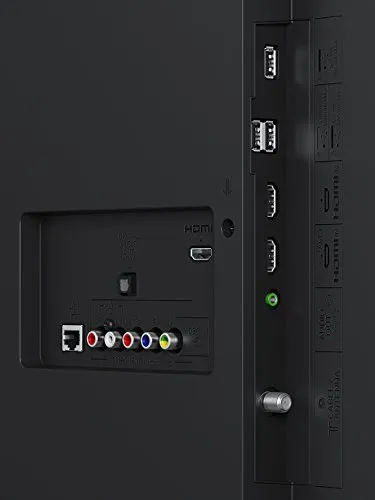
Don’t expect too much in the audio department especially from a slimline unit. However, the bigger the TV the more room there is to include decent size speakers. We tested 55-inch, 60-inch and 65-inch sets that are more than capable of pumping out room filling sound. We do not recommend relying solely on the onboard speakers, we would rather you get a sound bar, sound base or multi point surround system using an AV receiver, speakers and woofers, for a true cinematic experience. With that in mind, you are going to need a HDMI port on the TV that supports ARC (Audio Return Channel) input. Otherwise, some TV also comes with optical digital or analogue outputs that you can use to connect to your sound bar, amplifier or home theatre system.
